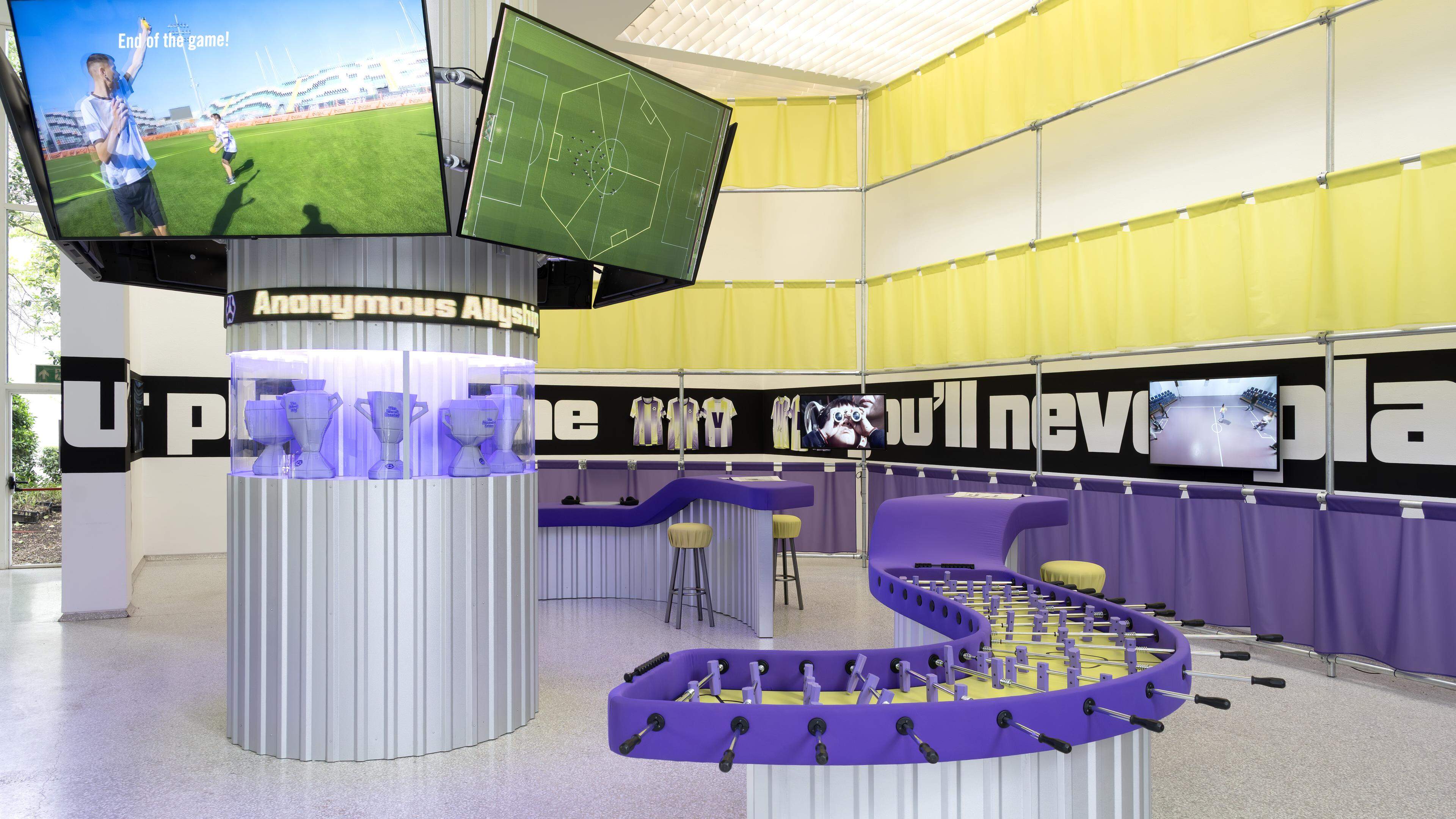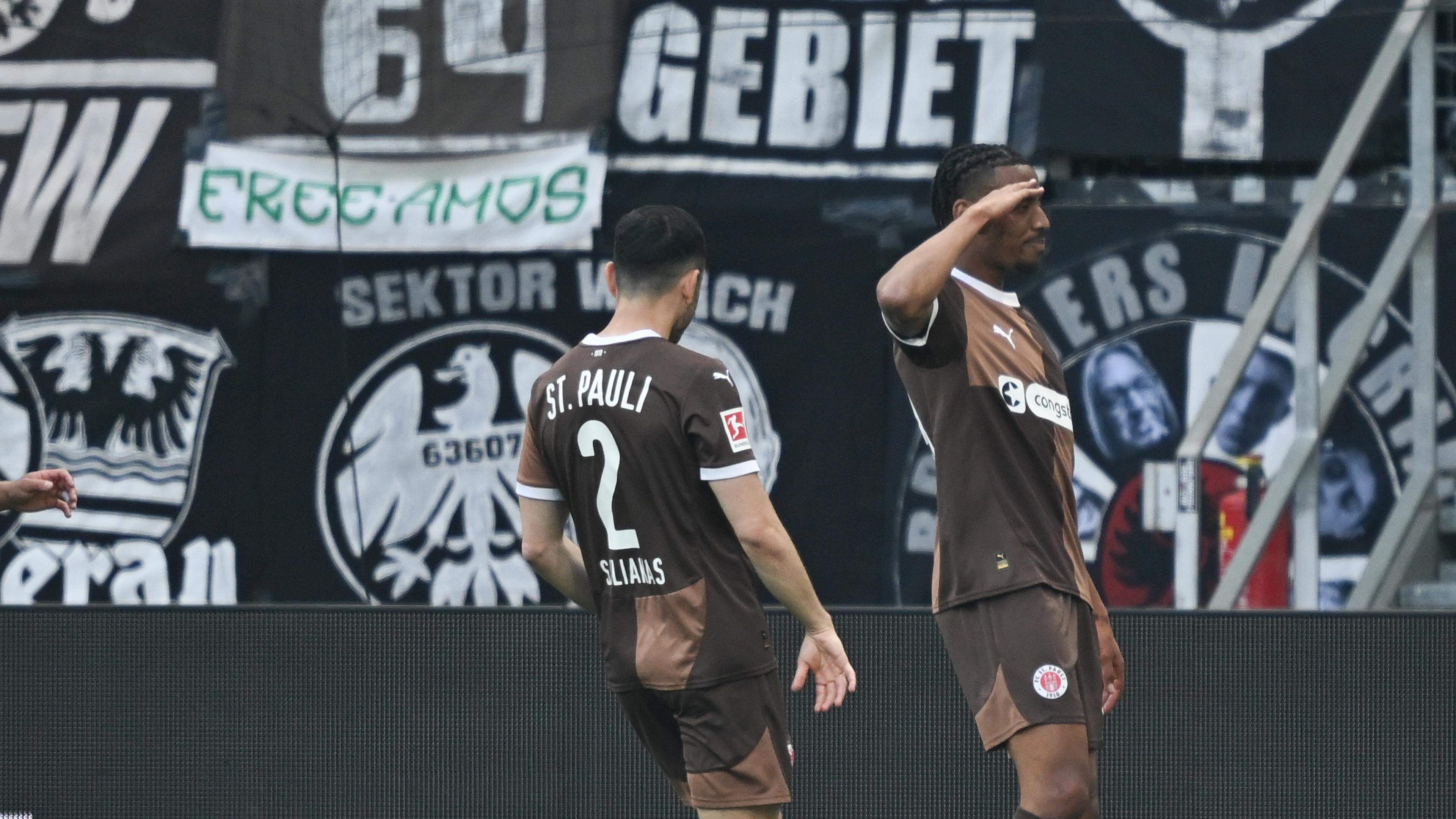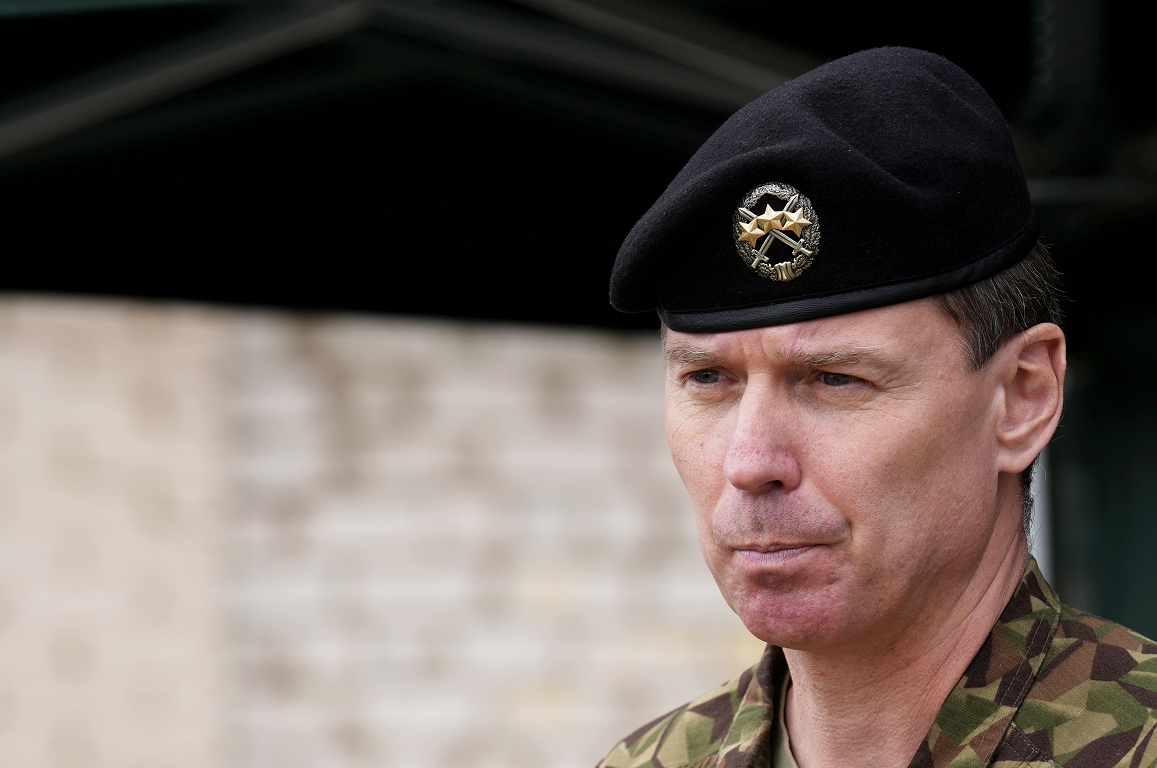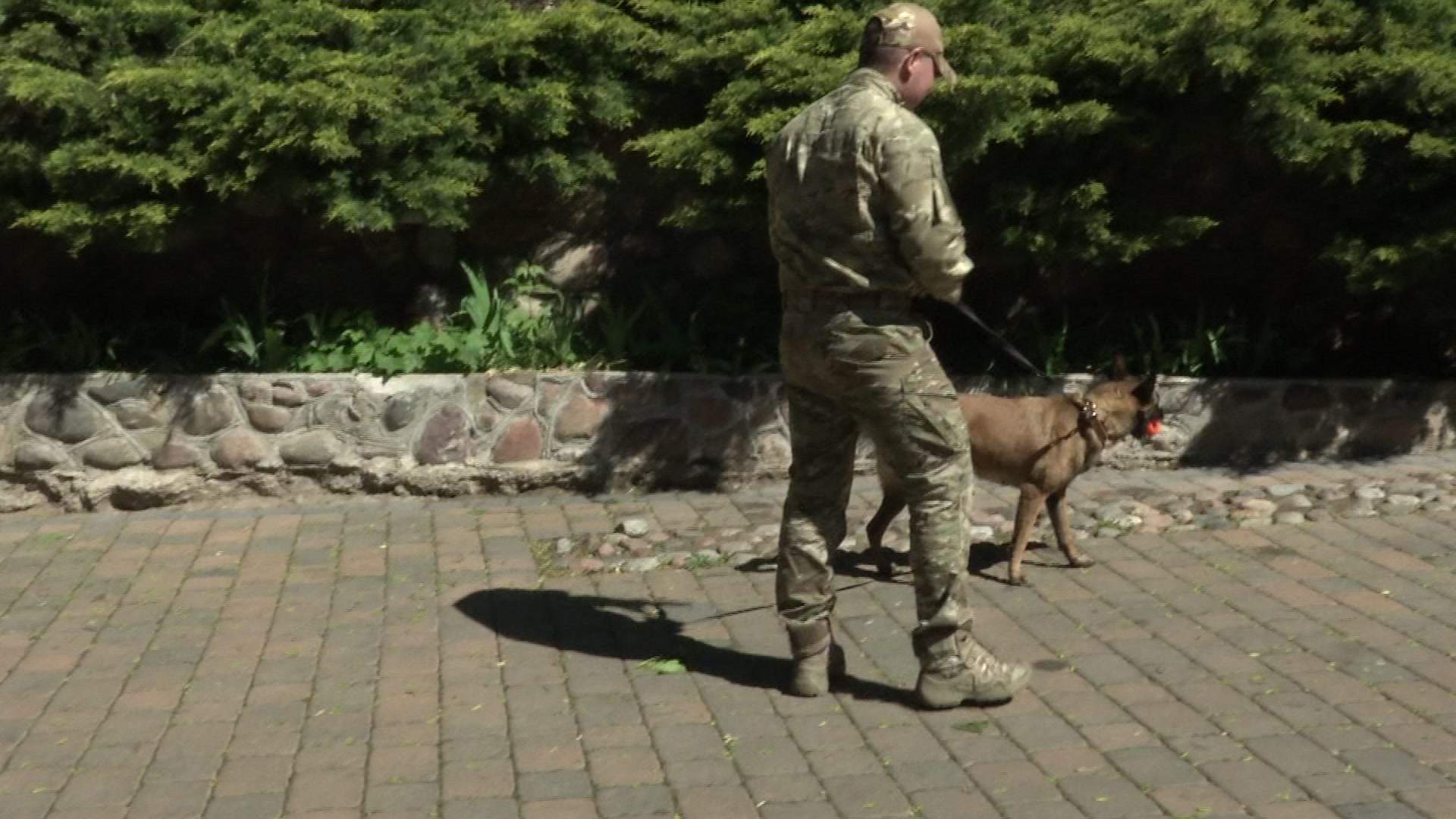From heat protection to sports bar: five pavilions worth seeing in Venice

« To meet a burning world, architecture has to use all the intelligence around us. » With these warning and yet hopeful words, this year’s Biennale curator, the architect and engineer describes Carlo Rattithe task of his profession. But how can it be possible to correct the mistakes that people have made in the past? The world to put it drastically from the downfall?
In order to meet a burning world, architecture has to use all the intelligence around us.
Carlo Ratti
curator
Solution for a variety of problems can currently be admired in the lagoon city. This year’s motto « Intelligens. Natural. Artificial. Collective. » Many of the participants literally took ideas that should continue to enable (together) life in the future. The Biennale jury therefore awarded an extremely technical nation project with practical use. Unfortunately, the more artistically oriented contributions, including the Luxembourgian entitled « Sonic Investigations », were left behind.
Bahrain
The global increase in temperature is a topic that some contributions, such as the German and the Belgian, are approaching. The Kingdom of Bahrain, which has suffered from heat waves as a country on the Arabian Peninsula, presents a construction solution in Venice that is not the causes, but at least the effects should compensate for: a cooling system, based on traditional role models that rely on geothermal energy in order to be able to keep an area cool in the outside area.
The contribution of the Kingdom of Bahrain entitled « Heatwave » was awarded the golden lion. Photo: Ishaq Madan
For example, markets should be possible at high temperatures. Working conditions, such as on construction sites, could also be improved by this technology. The Biennale jury particularly liked the idea issued in the Arsenale under the title « Heatwave » and received the main prize for the best national contribution with the Golden Lion.
Vatican
This year’s contribution by the Vatican, which was curated by the duo Marina Otero and Giovanna Zabotti, went away empty -handed like everyone else, but was at least given a « special mention » by the three -member jury. The project entitled « Opera Aperta » (translated: « Open work ») includes the renovation of a church building and its redesign in the form of a « living laboratory of collective repairs ».
The Vatican presents itself at this year’s architecture Biennale with a hands-on project. Photo: Marco Cremascoli / Vatican
The audience is explicitly asked to work in the church of Santa Maria Ausiliatrice in the Castello district, a building that was laid in 1171 in 1171 and to design the process of change with a cultural center and meeting point with its own ideas. Over topics of the pavilion are preservation, reconstruction and transformation with regard to the creation of a joint project.
Great Britain
The British in Giardini, the Biennale Garden, in their home, a splendor building from 1909, take a look back: The contribution entitled « GbR-Geology of Britannic Repair » emphasizes « the creative, cultural and educational issues between the countries of Great Britain and Kenya », also applies to the destructive force with regard to inequality and inequality and Environmental degradation. Topics are also reparation and renewal.
The British pavilion gets to the bottom of the colonial past of the kingdom. Photo: Chris Lane / British Council
The jury, who also considered the pavilion with a « special mention », « tries to develop a new relationship between architecture and geology » and particularly emphasize the exchange of knowledge.
Netherlands
Amanda Pinatih, the curator of the Dutch contribution, transformed the state pavilion in the Giardini into one – you can hardly believe it – forward -looking sports bar that has social interactions on the subject. The article entitled « Sidelined: A Space to Rethink Togenthernness » shows « Sport as an architectural system, in the way it regulates rooms, body and behavior ».
Who plays against whom? Designer Gabriel Fontana invented a new soccer field for the Dutch contribution. Photo: Giovanni Pellegrini
The exhibition with designs by Gabriel Fontana plays with the presentation of the well -known forms and rules. Because who fights against whom in a field in hexagonal form? However, the implementation of the topic should not only raise questions and question concepts: The sports bar should be a staircunk where, according to Pinatih, visitors and visitors feel « safe, seen and valued ».
Nordic countries
The Nordic pavilion is probably waiting with one of the most interesting contributions: this year it will be played on creative minds by the Finnish performance artist Teo Ala-Ruona and an entire team. « Architecture is tailored to the human body and our body understanding shapes architecture, » says officially to the contribution. The diversity of the body, which is now more and more open to open, questions this previous understanding.
Teo Ala-Ruona questioned the relationship between architecture and body in Pavilion in Nordic. Photo: Ugo Carmeni
« My work deals with the socio-political pressure and the effects on body, especially on transgender bodies, » said Ala-Ruona « I am fascinated by how architecture as an everyday environment influences the way we categorize things and each other. » The audience gets an insight into this process of thought in the article « Industry Muscle: Five Scores for Architecture » in five individual scenes.
Biennale Archetettura 2025, until November 23 in Venice; Daily ticket 25 euros, weekly ticket 45 euros; More information at: www.labiennale.org







